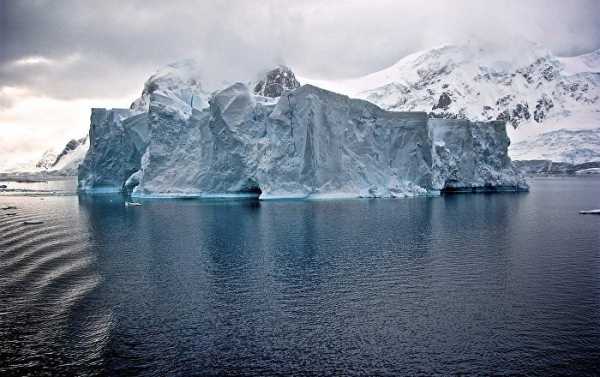
More than a decade ago, scientists used satellite equipment to discover the Mercer Subglacial Lake, which is located beneath Antarctica’s ice sheets and is “twice the size of Manhattan.”
Researchers have discovered stunning signs of ancient life in a buried Antarctic lake located 600 kilometres from the South Pole, according to the Nature magazine.
Slawek Tulaczyk, a glaciologist at the University of California, touted the discovery of the crustaceans and a tardigrade, or “water bear”, which are all smaller than poppy seeds, as “really cool” and “definitely surprising”.
He was echoed by micro-palaeontologist David Harwood, a member of the Subglacial Antarctic Lakes Scientific Access (SALSA) team, who described the finding as “fully unexpected”.
The carcasses of tiny animals were preserved under a kilometre of ice; scientists had to drill through the ice using a borehole to obtain the skeletons and to capture rare footage of the lake.
Researchers said that DNA samples from the carcasses of the crustaceans will help them determine if they were marine or freshwater species. This, in turn, is expected to shed more light on the history of Antarctica’s glaciers.
Sourse: sputniknews.com






